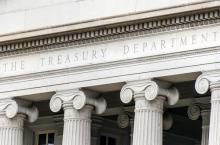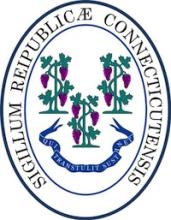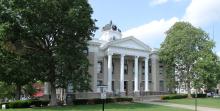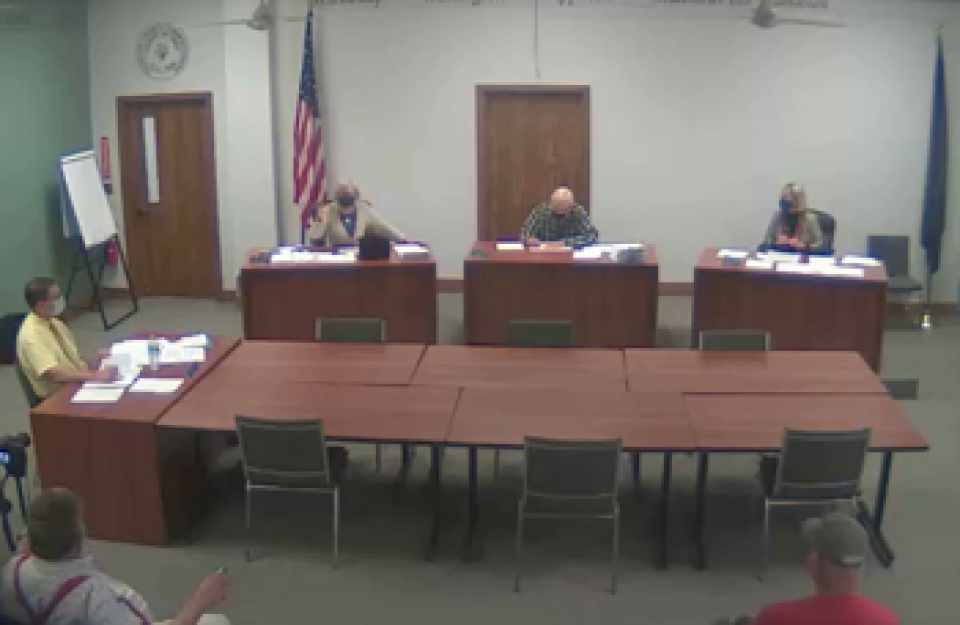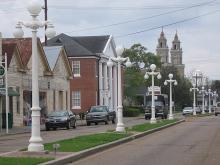What Does All This Money Mean? - Bonus Episode 15 of the Community Broadband Bits Podcast

For episode 15 of our bonus series, “Why NC Broadband Matters,” Christopher Mitchell is joined by Catharine Rice (Co-founder of NC Broadband Matters and Project Manager at the Coalition for Local Internet Choice) and Doug Dawson (Owner and President of CCG Consulting) dig into what all these different pots of federal funding mean communities across the country. They talk about the communities that have already announced plans to use the funds for municipal networks. They offer advice and direct communities in the early stages of planning to resources on how to use the funds effectively.
This show is 38 minutes long and can be played on this page or via Apple Podcasts or the tool of your choice using this feed, or at the NC Broadband Matters page. We encourage you to check out other "Why NC Broadband Matters" content at the podcast feed so you don't miss future bonus content that may not appear in the Community Broadband Bits Podcast feed.
Transcript below.
We want your feedback and suggestions for the show-please e-mail us or leave a comment below.
Listen to other episodes here or view all episodes in our index. See other podcasts from the Institute for Local Self-Reliance here.
Thanks to Arne Huseby for the music. The song is Warm Duck Shuffle and is licensed under a Creative Commons Attribution (3.0) license.





